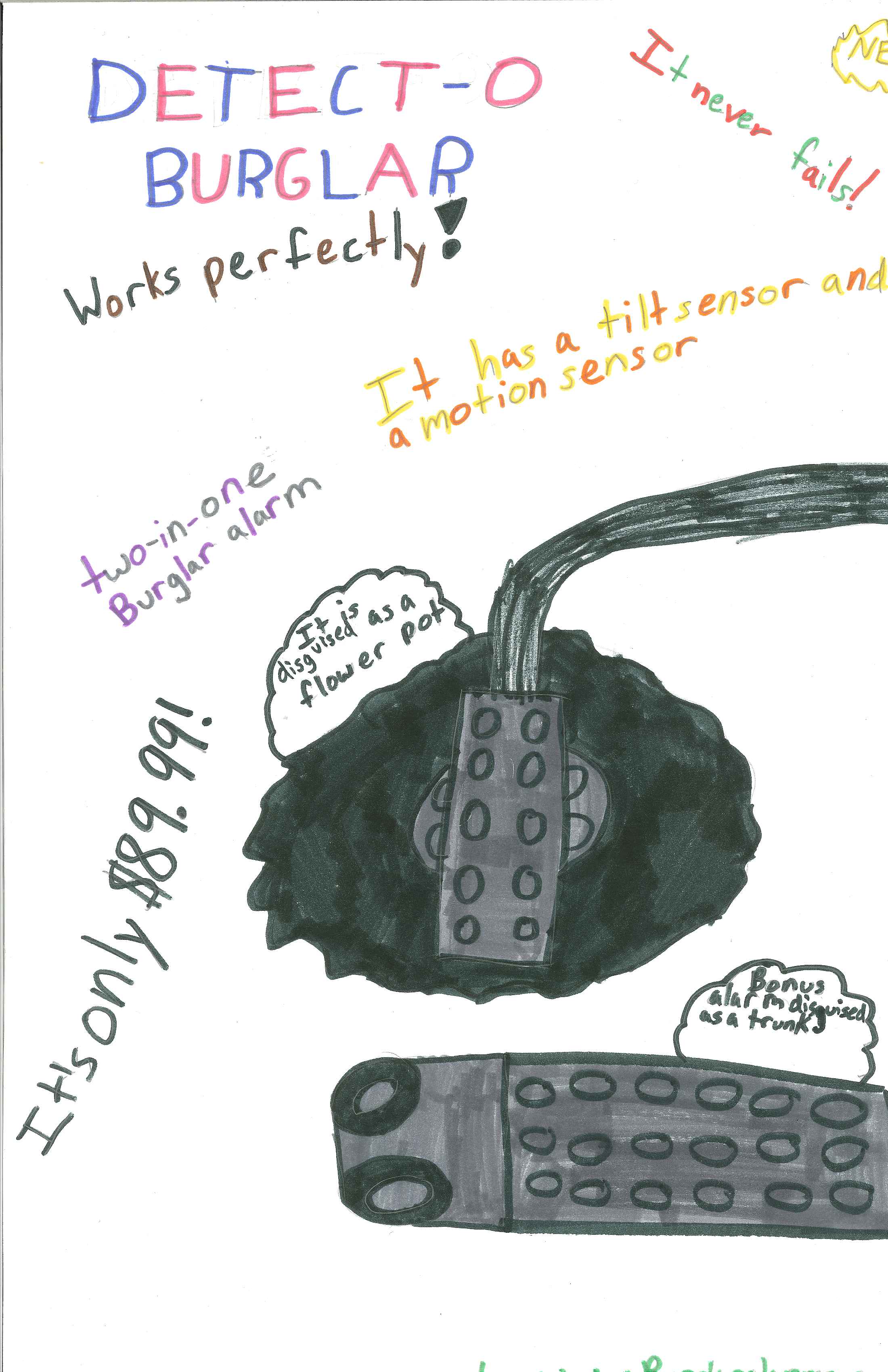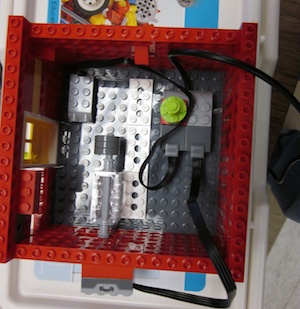I have been thinking of the yearly research tasks I want to do. Would appreciate any feedback since I know very little about standard educational research.
Elementary Engineering Robotics Case Study
Yearly Research Tasks
John Heffernan, Hampshire Regional Schools
Research Question #1
What are the developmental milestones in young children’s engineering skills?
Research Protocol
Students will be taken out of class and asked to build an interesting bridge using the given materials. The observer may ask the student to describe what they are doing but will not help or direct the student. Students will be filmed by a camcorder placed in an unobtrusive location.
Available Materials
• Wooden blocks
• Lego WeDo Robotics kit
• Lego NXT Mindstorms Robotics Kit
• Laptop
• Supply of large white paper (11×14) and sticky notes
• Markers, crayons, pencils, pens
• Scissors
Timing
Case study students (3 boys and 3 girls) will be asked to do this task every year in the spring from grades K to 6. It will take place after their yearly classroom robotics unit(s). Students will have up to 1 hour to build their bridge. Picture will be taken of final product. Student notes, if any, will be scanned. All artifacts, photos, and videos will be marked by student name/code and date.
Interview Questions (may be modified as needed for student and age)
1. Describe your bridge, how it works, the parts, etc.
2. What problems did you solve to make your bridge?
3. How do you feel about your bridge now? When you were making it?
4. Did you plan the bridge on paper or in your head before you made it? Did your plans change as you built the bridge?
Research Question #2
How will the deliberate and systemic teaching of engineering at a young age affect subsequent interest in engineering?
Research Protocol
We will survey grade six students with and without the Elementary Engineering Curriculum and look at years of elementary engineering experience (including none) with a willingness to consider engineering as a career. We will give the survey before and after the sixth grade robotics unit. Students will be taught what engineering is before the survey is taken. Here is a copy of the survey. Note that the use of the word “consider” is in line with the recent Intel study of student interest in engineering. [Survey of Teens’ Perceptions of Engineering, December 6, 2011]
Grade 6 Robots – Post Survey
NAME __________________________ DATE __________________________________
What is a robot?
What is engineering?
How much do you agree or disagree with these statements? Circle One.
I would consider becoming an engineer when I am older.
Strongly Agree Agree Neither Agree or Disagree Disagree Strongly Disagree
I like using computers and other technology.
Strongly Agree Agree Neither Agree or Disagree Disagree Strongly Disagree
Research Question #3
How do elementary schools promote or inhibit the natural engineering instincts of children?
Research Protocol
We will create a survey of materials and activities present in elementary (PK-6) classrooms that promote engineering and compare the results by grade level. Materials to be listed in the survey with option for “other” are shown below. (This list will be expanded.)
• Blocks
• Sand table
• Water table
• Legos
• Lego robotics
• BeeBots
• PicoCricket robotics
• Bridge building
• Marble runs – commercial
• Marble runs – student made
• Electrical circuits
• Simple machine kits
• Make musical instruments
There will an option for each one item for After School, Recess/Choice, and Curriculum Integrated.
We will also do videotaped interviews of students each year after robotics units have been completed and ask all or some of the following questions.
1) What did you like about project(s) you did this year? How could we change robotics so they could be even better?
2) Make on observation about their experience this year and ask them to comment on it .
3) What was it like to do robotics? How is it different from other schoolwork?
4) What was frustrating or challenging?
5) What do you think you learned from the project?
6) Do you have any advice for next year’s students that will do this project?
7) Anything else we have not talked about?
The answer will be coded and analyzed for similarities. Interesting quotes will be transcribed.



